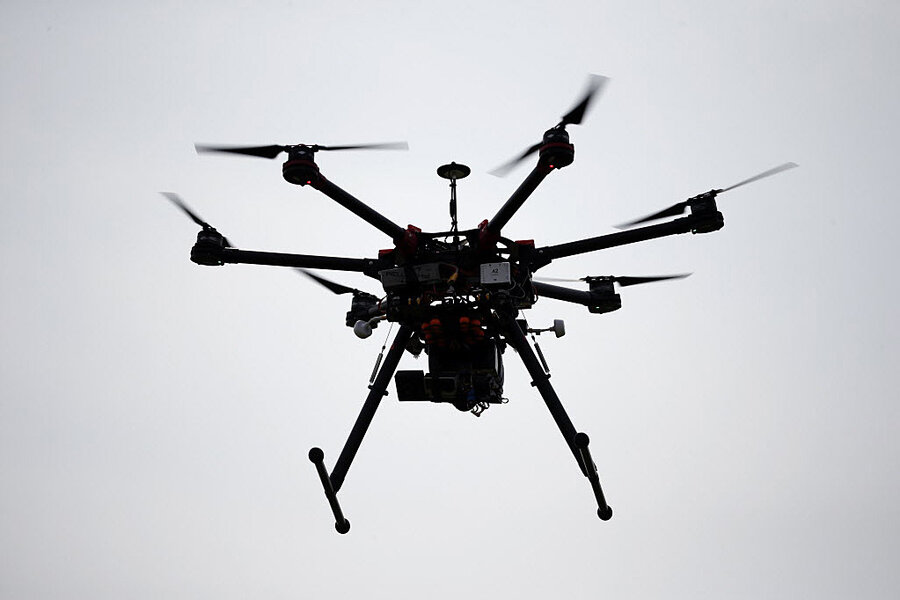FAA names two officials to oversee drones, but questions linger
Loading...
| Washington
The Federal Aviation Administration on Wednesday named two new officials to lead its effort to incorporate commercial unmanned aerial systems, or drones, into the U.S. airspace.
Hoot Gibson, an aviation expert who has been involved in development of a next-generation air transportation system for the United States, was named as the agency's UAS integration senior advisor -- a new position responsible for external outreach, education and interagency initiatives.
A former U.S. Air Force career officer and executive director of the FAA-sponsored NextGen Institute, Gibson will report directly to FAA Administrator Michael Huerta.
The agency also named FAA official Earl Lawrence as director of its UAS Integration Office, an existing position responsible for crafting new commercial drone regulations that are expected early next year. Lawrence, who joined FAA in 2010, previously led the agency's Kansas City-based Small Airplane Directorate, which is charged with regulating small aircraft, airships and balloons.
The appointments are part of an agency reorganization that was first announced in June by Huerta, who said FAA would create a new senior advisor position to handle the crush of private sector interest in drones and allow the existing UAS office to concentrate on rulemaking.
Under pressure from Congress and industry lobbyists, the FAA has been working to accommodate commercial drones as a new and potentially lucrative frontier for U.S. aviation.
The agency is expected to miss a congressionally mandated Sept 30 deadline for new commercial drone regulations but has pledged to publish them by next June -- months earlier than anticipated. The rules would allow for widespread commercial drone use for the first time.
Over the past several months, the agency has also accelerated its process for allowing commercial drones on a case-by-case basis. The FAA, which had exempted only a handful of companies from the current near-ban early in the year, has since given the green light to over 1,500 private sector applicants, according to an FAA official.







